
Da Ghrono Azmari – The Mountain Lions, by Colonel Azam Qadri, is more than just a commemorative book; it’s a living archive, a tribute carved in ink and image, capturing the soul of Pakistan’s Frontier Corps in Khyber Pakhtunkhwa. At a time when borders are more than lines on a map and stories from the periphery are often left untold. This book brings forward the grit, history, and honor of the men who have stood watch over some of the most tumultuous yet historically rich lands in South Asia.
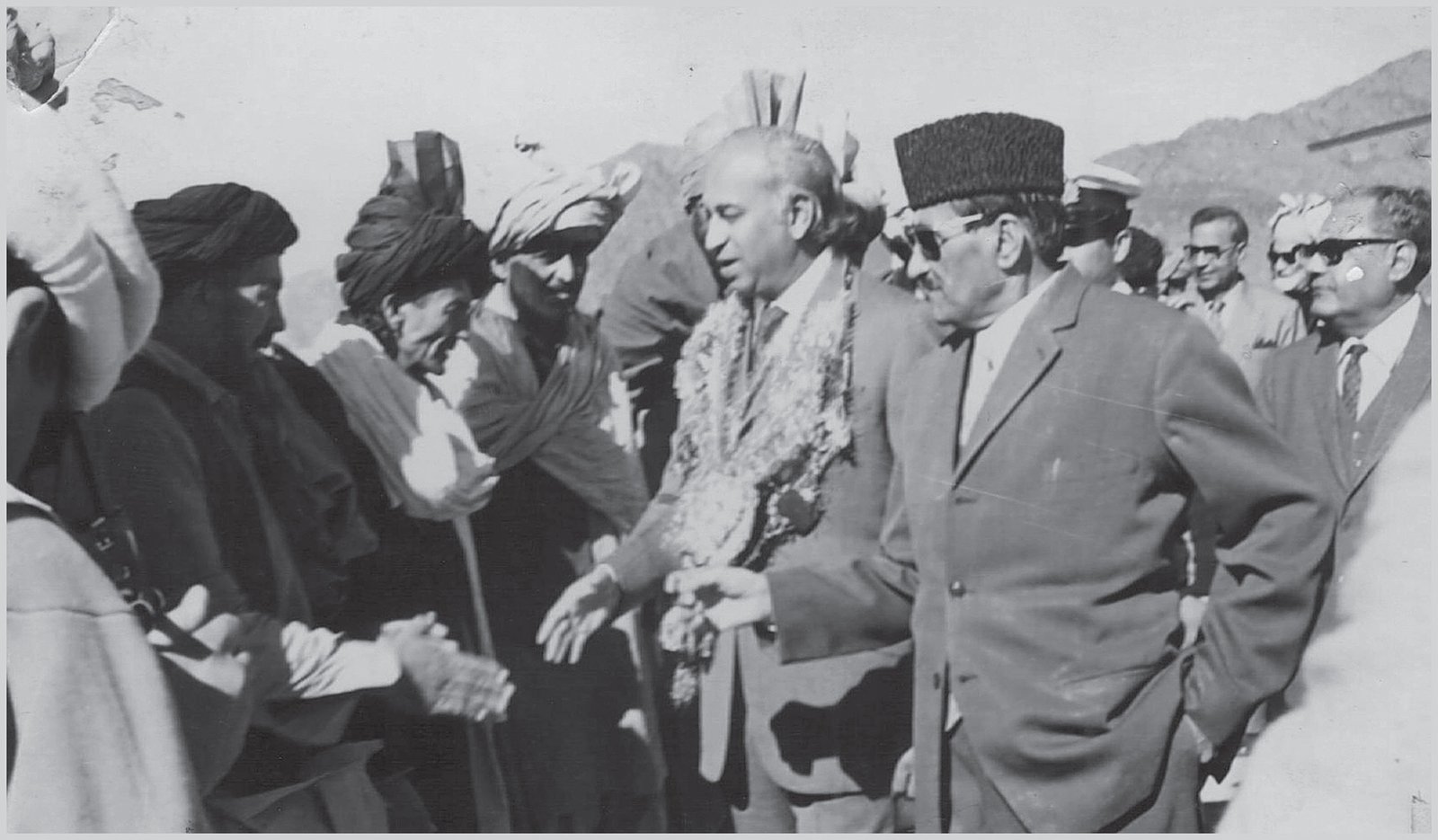
With striking visual documentation and immersive historical narrative, from the formation of tribal agencies to the birth of the Frontier Corps, each chapter serves as a window into both the strategic and cultural fabric of the region. The table of contents alone reads like a roll call of unsung heroes: Khyber Rifles, Tochi Scouts, Chitral Scouts, Mahsud Scouts, and beyond.

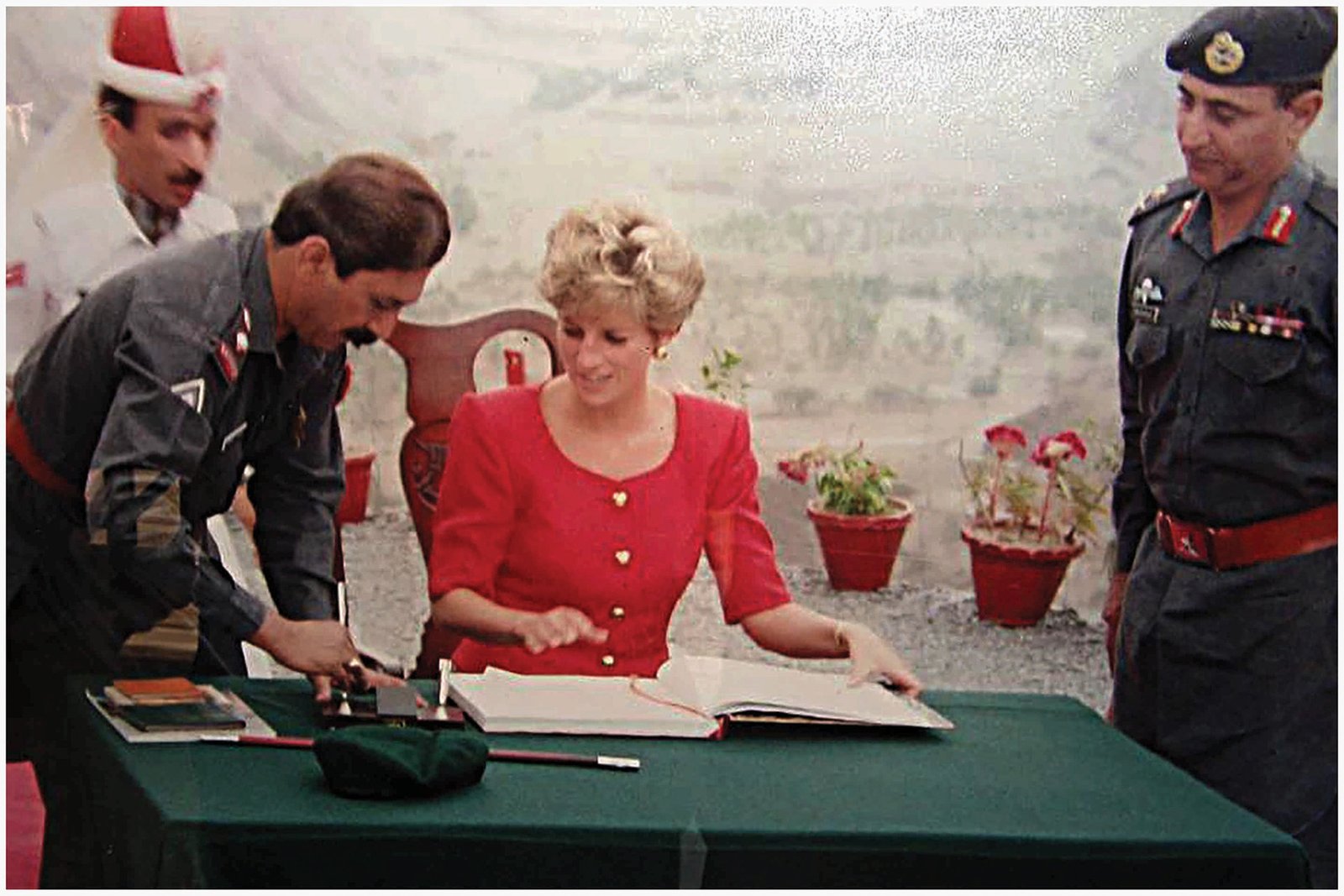
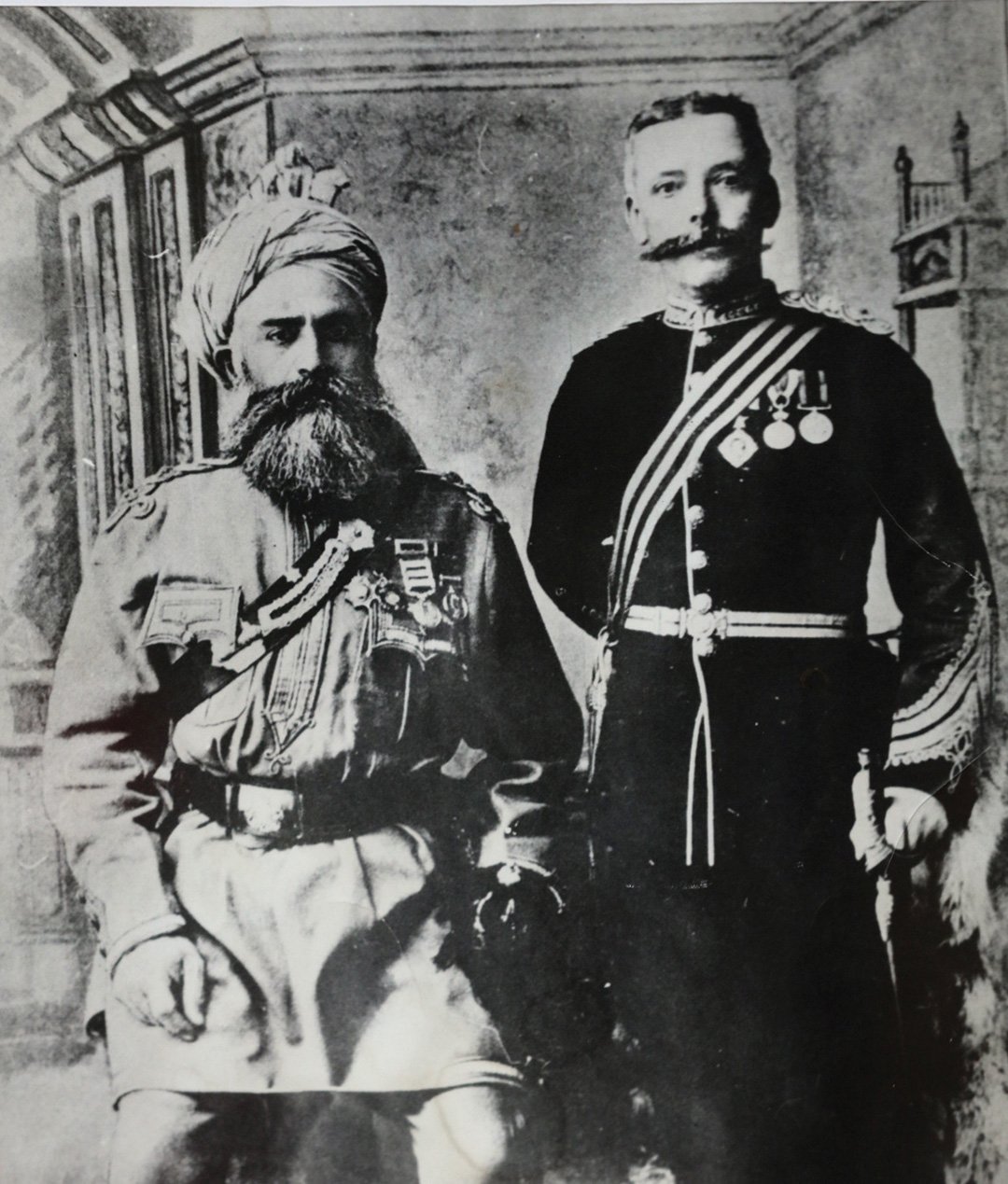
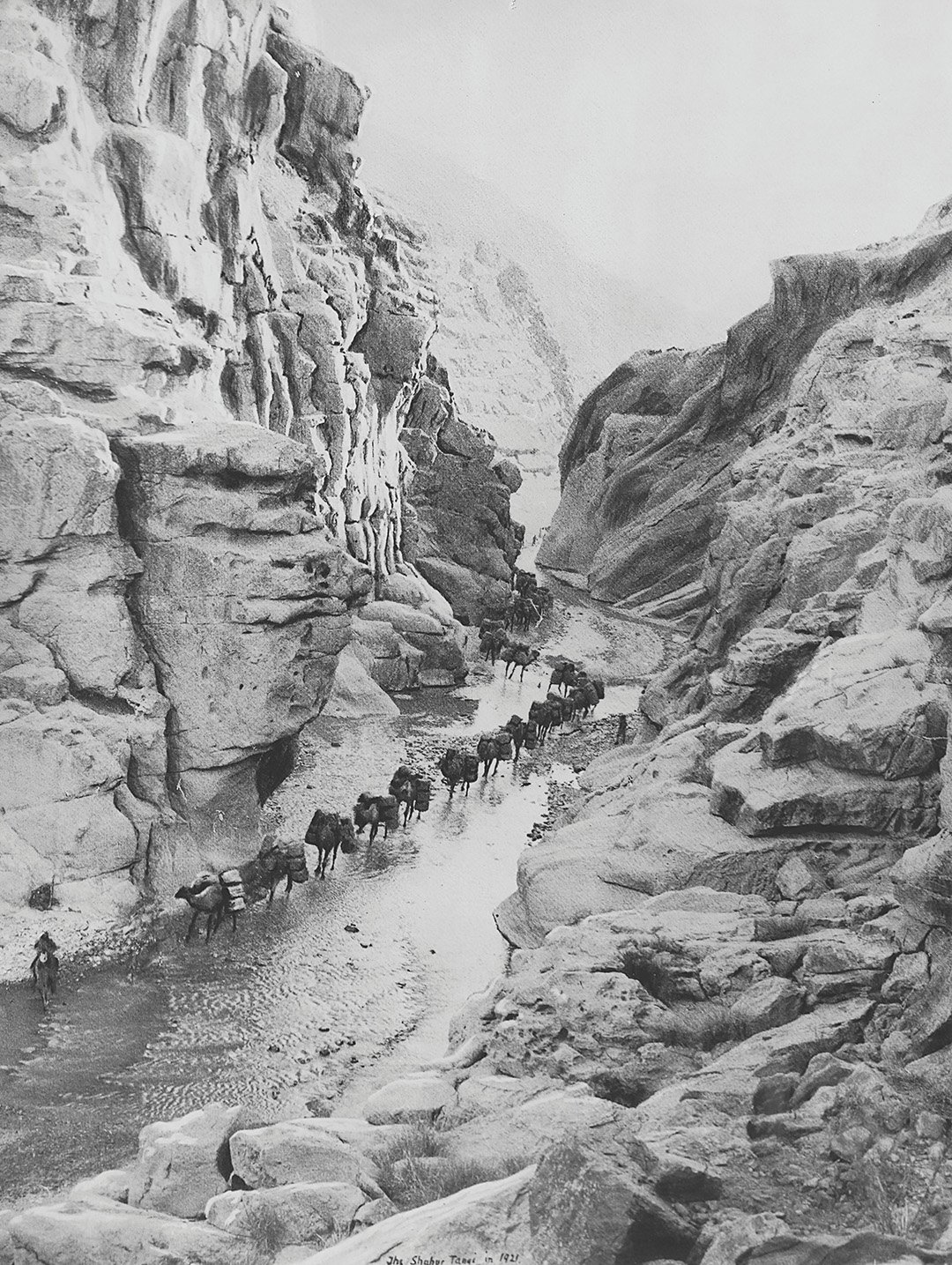
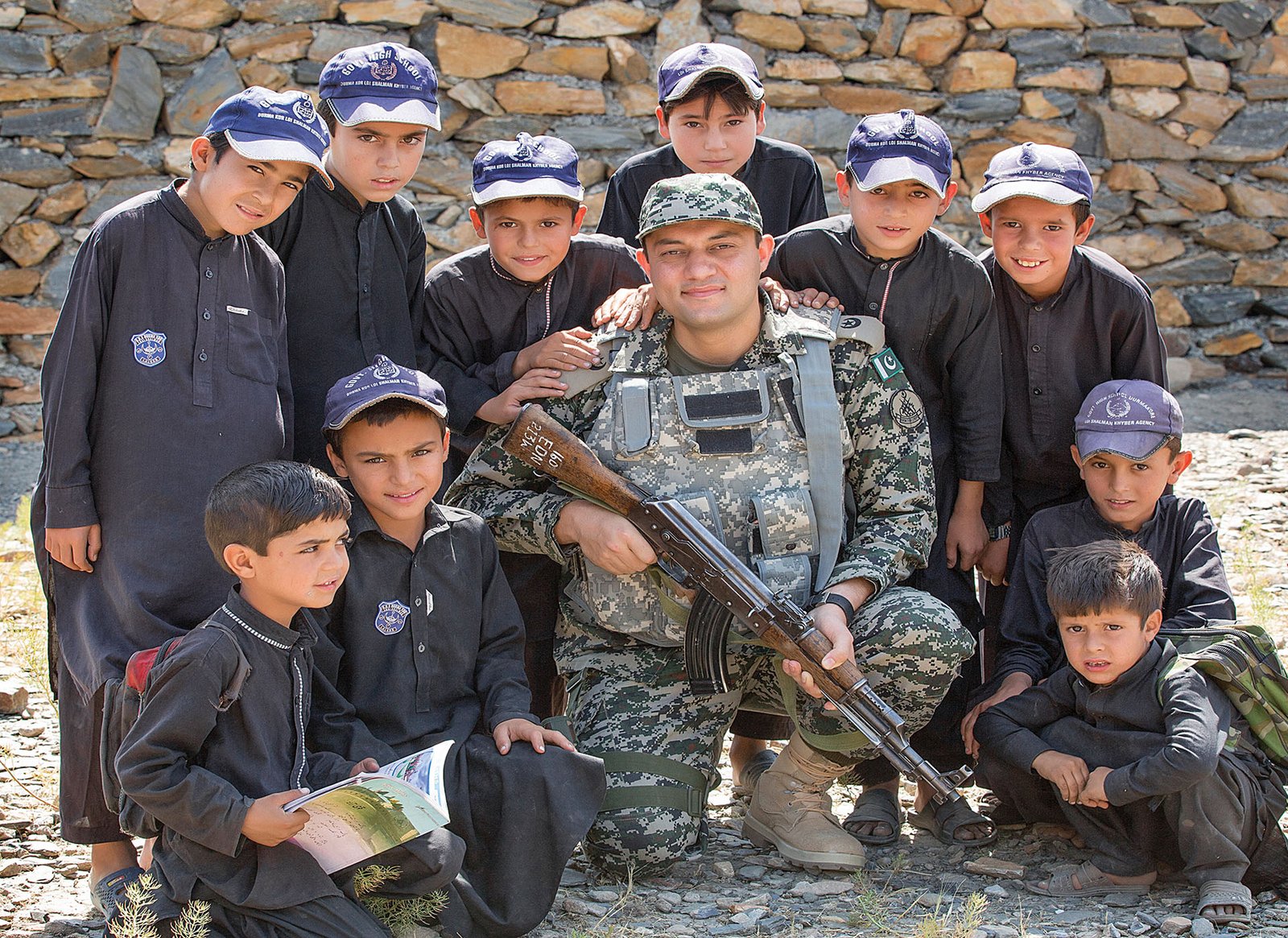
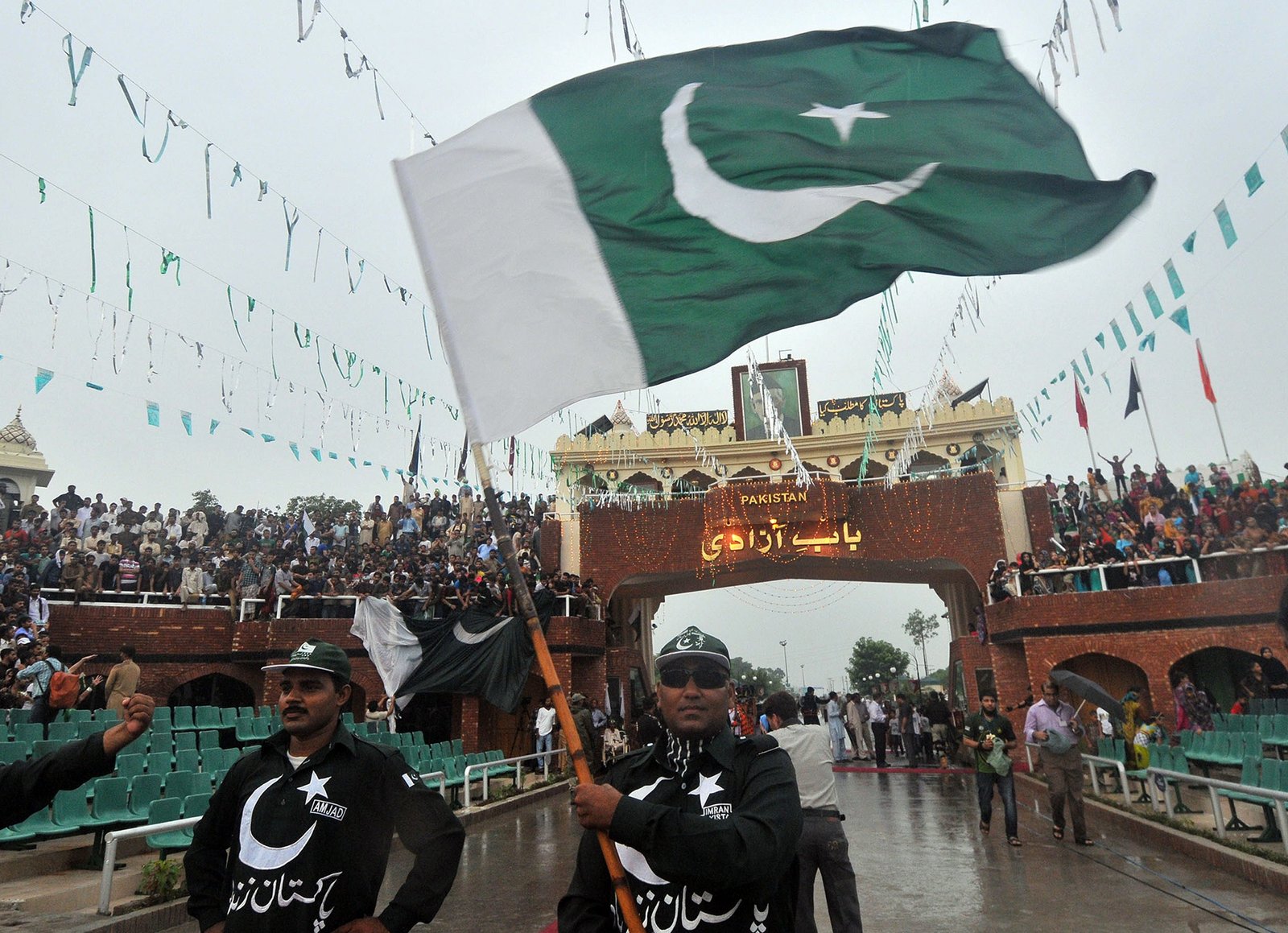
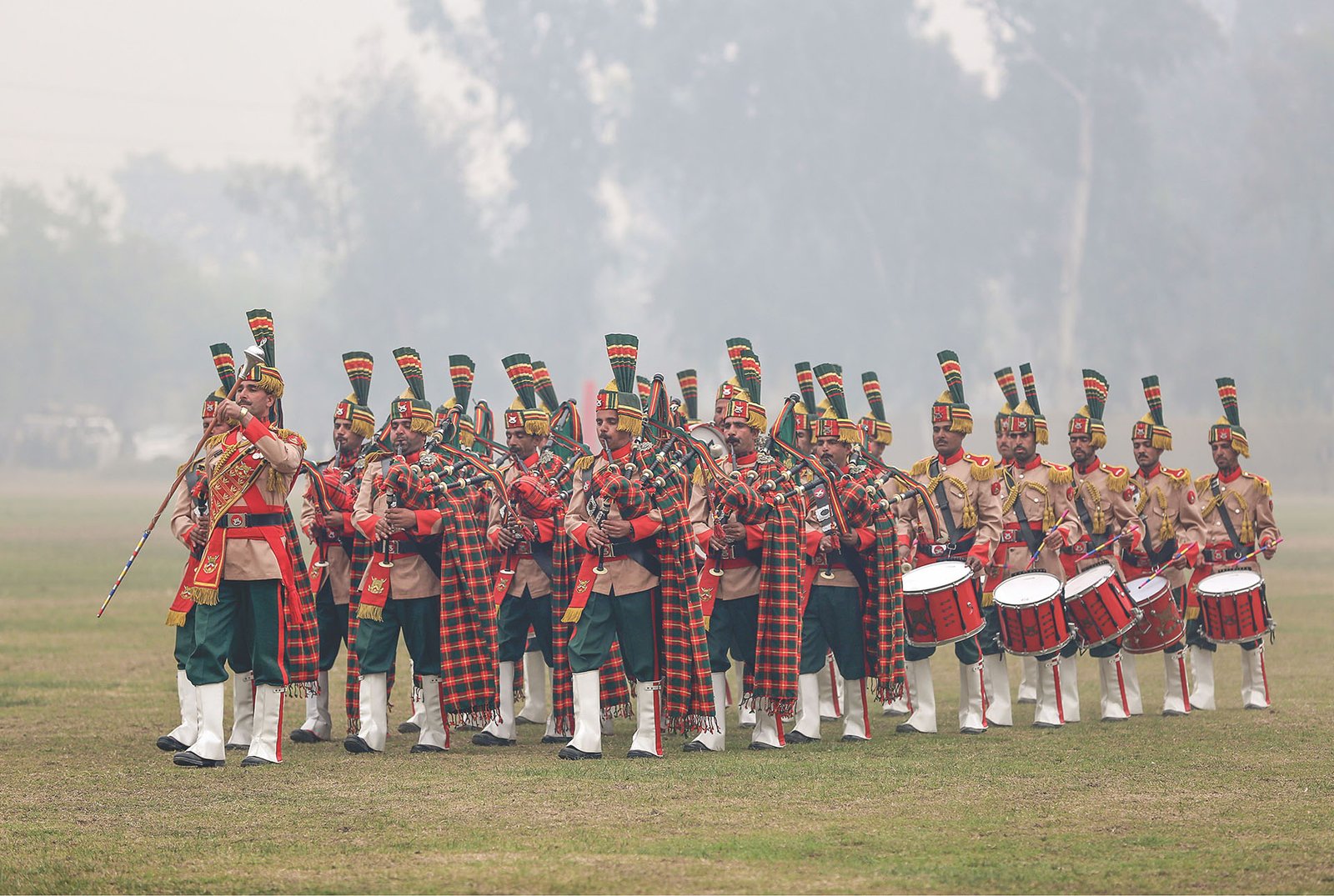
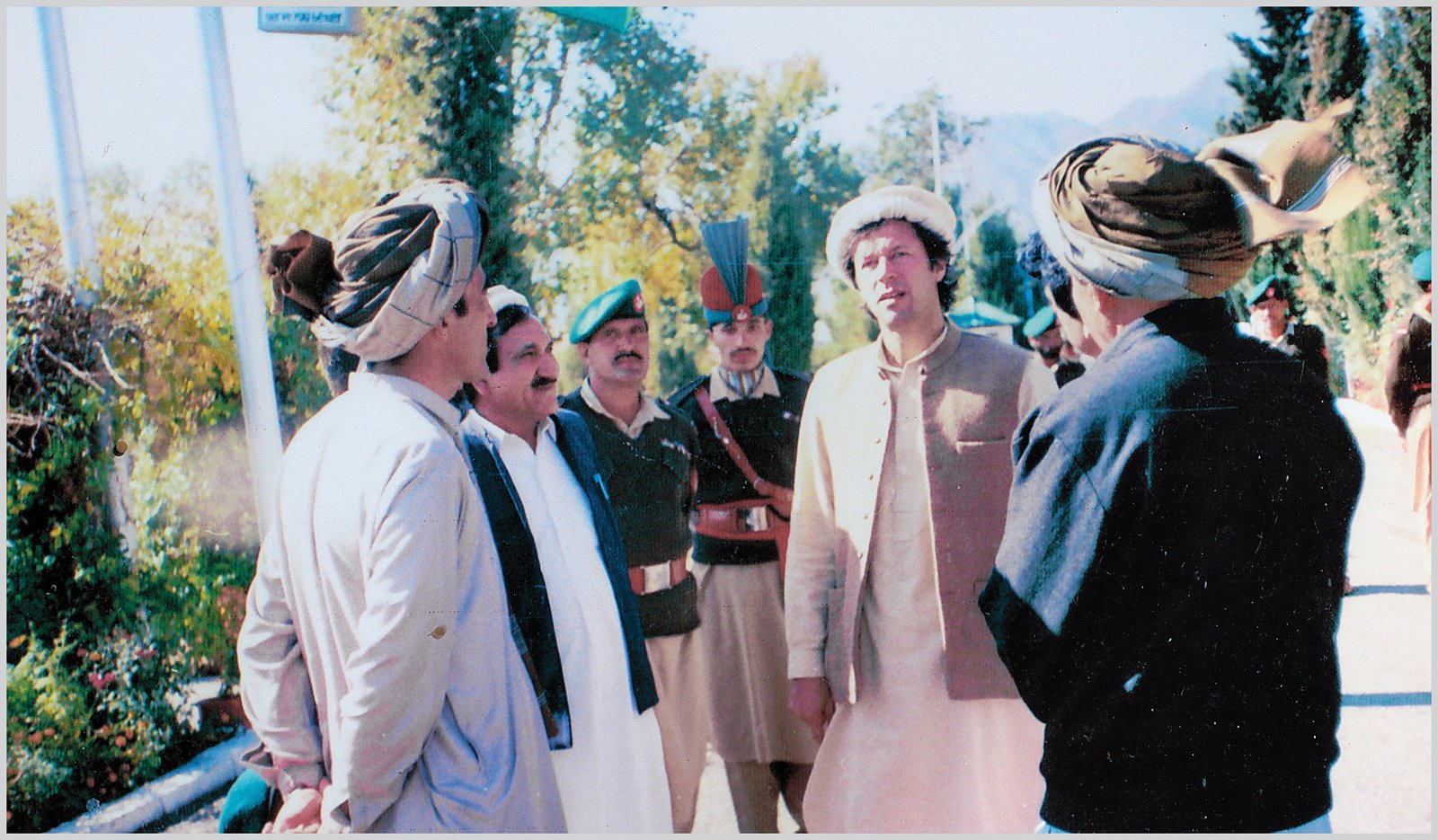
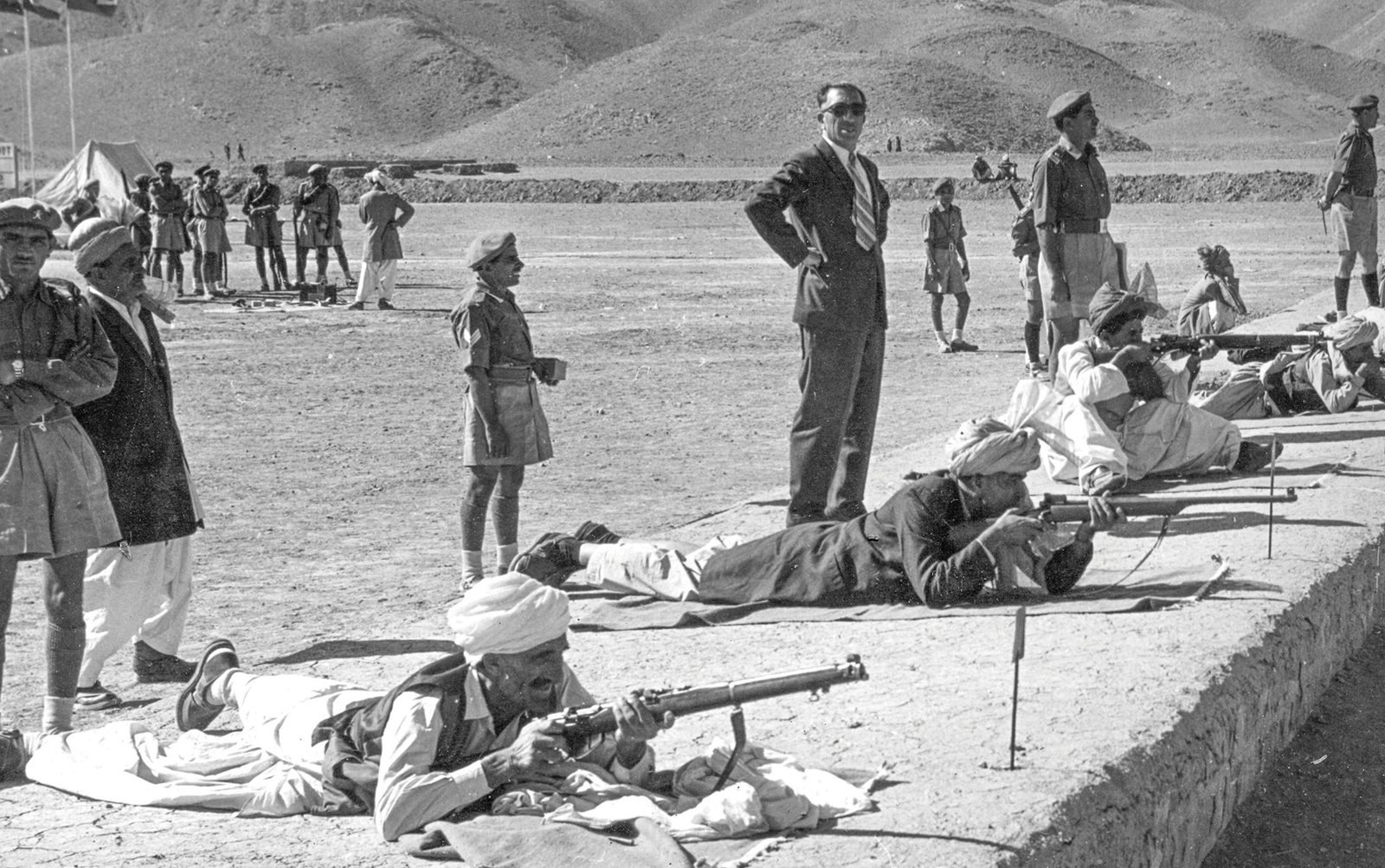
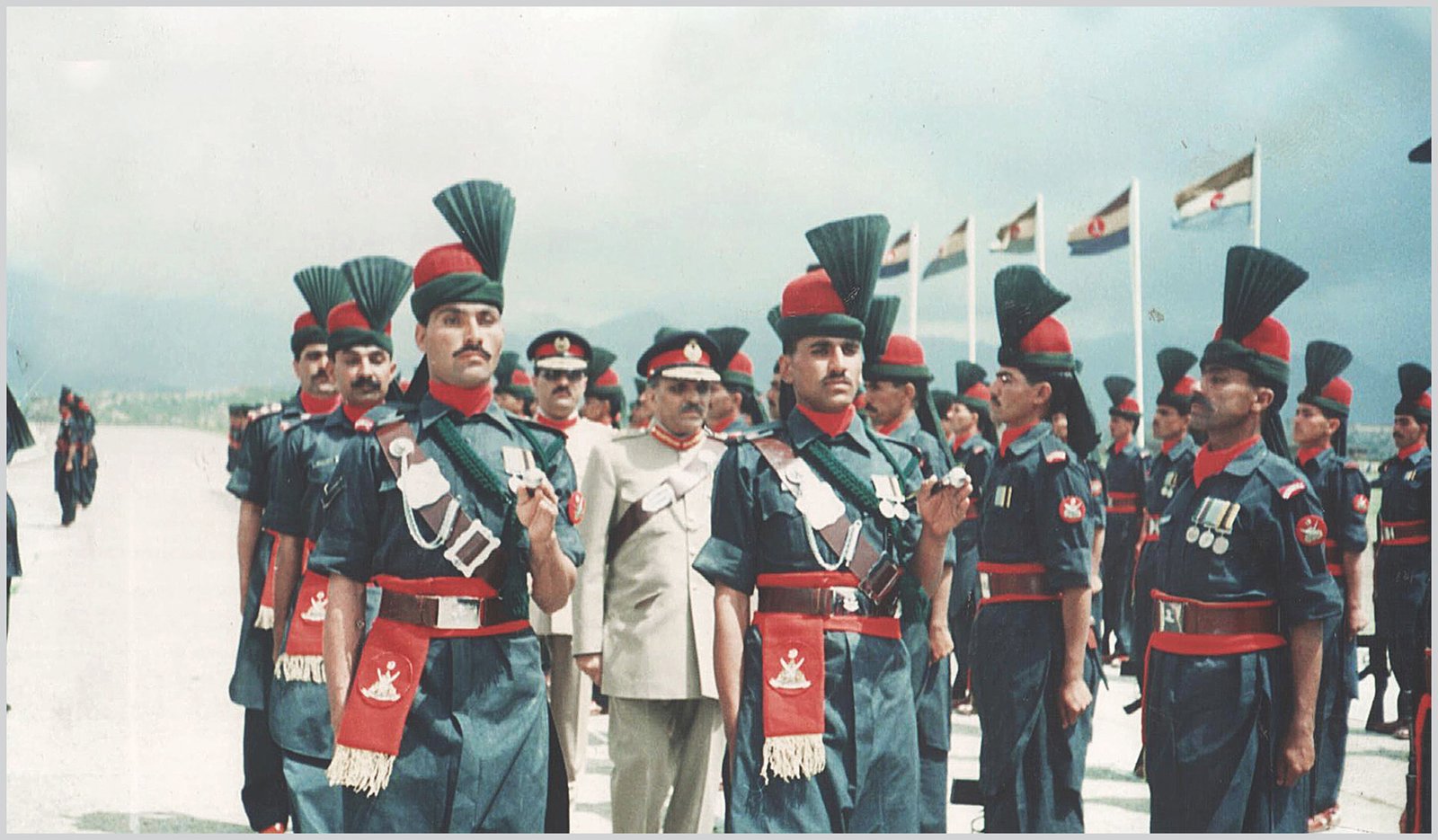
From the first page, it’s clear that this book is more than just a historical account; it’s a declaration of pride, duty, and legacy. Structured around a deeply informative table of contents that reads like a geo-graphical and regimental map of the Frontier Corps, the book covers everything from the origins of tribal administration under British colonial rule to the emergence of modern-day scout forces.
The book’s visual presentation is among its most compelling features. Rich, vibrant photographs, both archival and contemporary, punctuate every section, giving readers a window into the lives of the men who have patrolled these mountains, valleys, and border posts. There are portraits of legendary figures, dramatic landscapes, scenes from training academies, and ceremonial glimpses of the Corps’ traditions and uniforms. The images are not merely decorative; they work in tandem with the prose to elevate the reader’s understanding of the Corps’ ethos and evolution.
The book pays tribute to the Frontier Corps for their extraordinary role in uplifting communities, embodying a spirit that goes far beyond their duty to protect. Their motto extends into meaningful service, nurturing lives through education, advancing healthcare, and building trust where it is needed most. From establishing schools in remote areas to facilitating access to medical facilities, the FC’s work reflects a deep commitment to human development and national progress. These efforts stand as a reminder that true guardianship is not only about safeguarding borders but also about empowering people and strengthening the fabric of society.
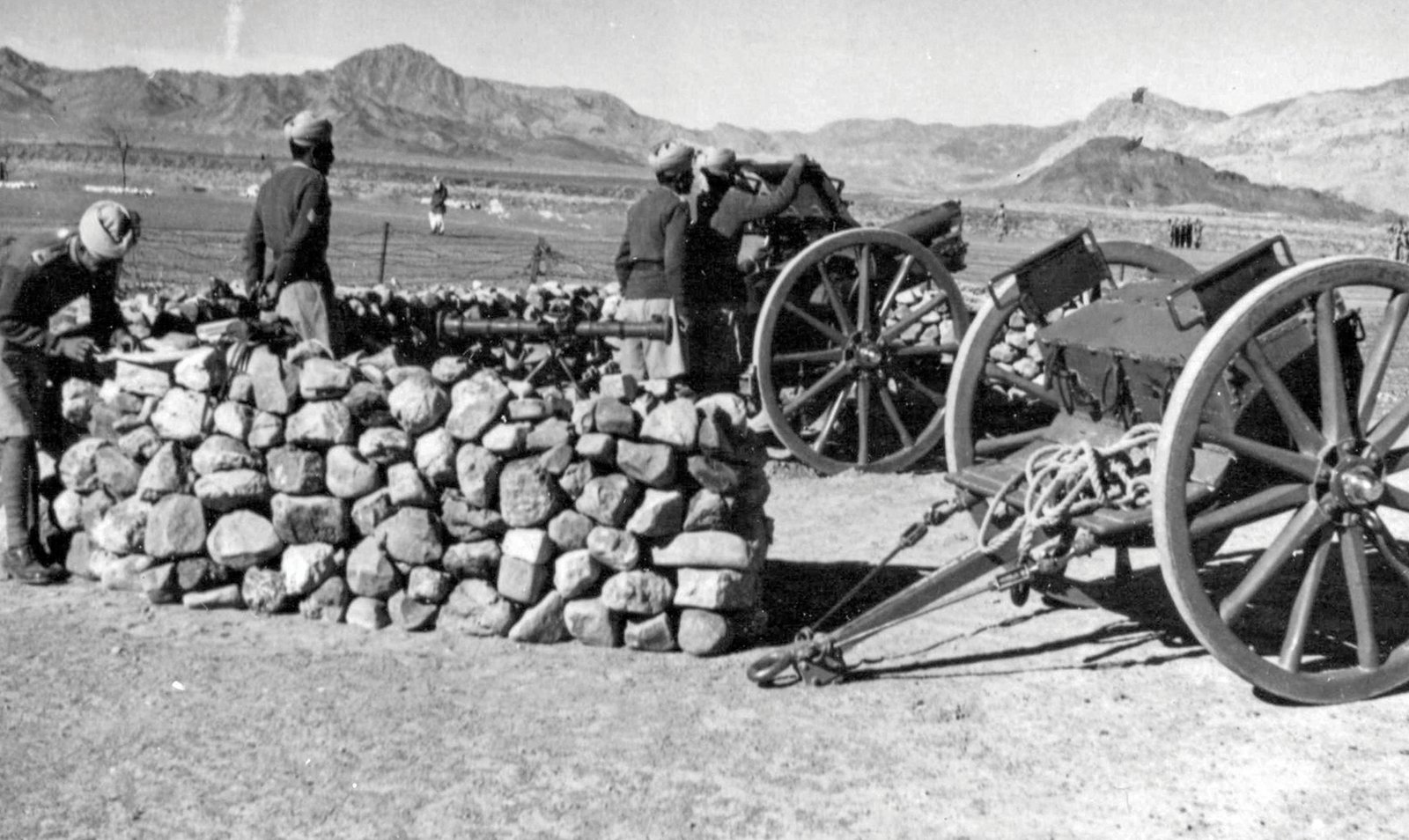
Each chapter delves into a different segment of the Frontier Corps, giving due attention to the diversity and distinct histories of individual scout units such as the Khyber Rifles, Chitral Scouts, Tochi Scouts, South Waziristan Scouts, and more. These units, often rooted in specific tribal identities, carry with them not just weapons but stories of rebellion, resistance, and reinvention. The chapter on Balahisar Fort, a historic stronghold and the pride of the Frontier Corps, particularly stands out, tracing its significance from the days of Afghan kings to its current role as a strategic and symbolic base.
Yet, Da Ghrono Azmari is not just a celebration of military structure. It is a cultural and historical document that explores the broader context of the tribal belt, its people, customs, and turbulent past. The early sections on the Federal Administration Tribal Areas (FATA) and the formation of tribal agencies provide valuable insight into how geography, governance, and identity intersect in this part of the world. By weaving in stories of local tribesmen and their relationship with the state, the book humanizes what is often depicted in the media only through the lens of conflict.
The language of the text is formal yet accessible, striking a balance between scholarly detail and emotional resonance, maintaining a tone of deep respect. There’s a noticeable sense of reverence not only for the Corps itself but for the land and communities it serves, an acknowledgement that the Frontier Corps does not operate in isolation but is embedded within a complex socio-political fabric.
This book arrives at a timely moment in Pakistan’s history, as conversations around security, national identity, and tribal integration continue to evolve. In this context, Da Ghrono Azmari serves a dual purpose: it preserves a legacy and educates a generation unfamiliar with the sacrifices made in the shadows of the mountains.
For historians, military enthusiasts, and anyone interested in Pakistan’s frontier legacy, Da Ghrono Azmari is both a reference and a remembrance. It captures an often overlooked history with reverence and detail, offering readers a rare glimpse into a world shaped by resilience, tradition, and silent sacrifice.
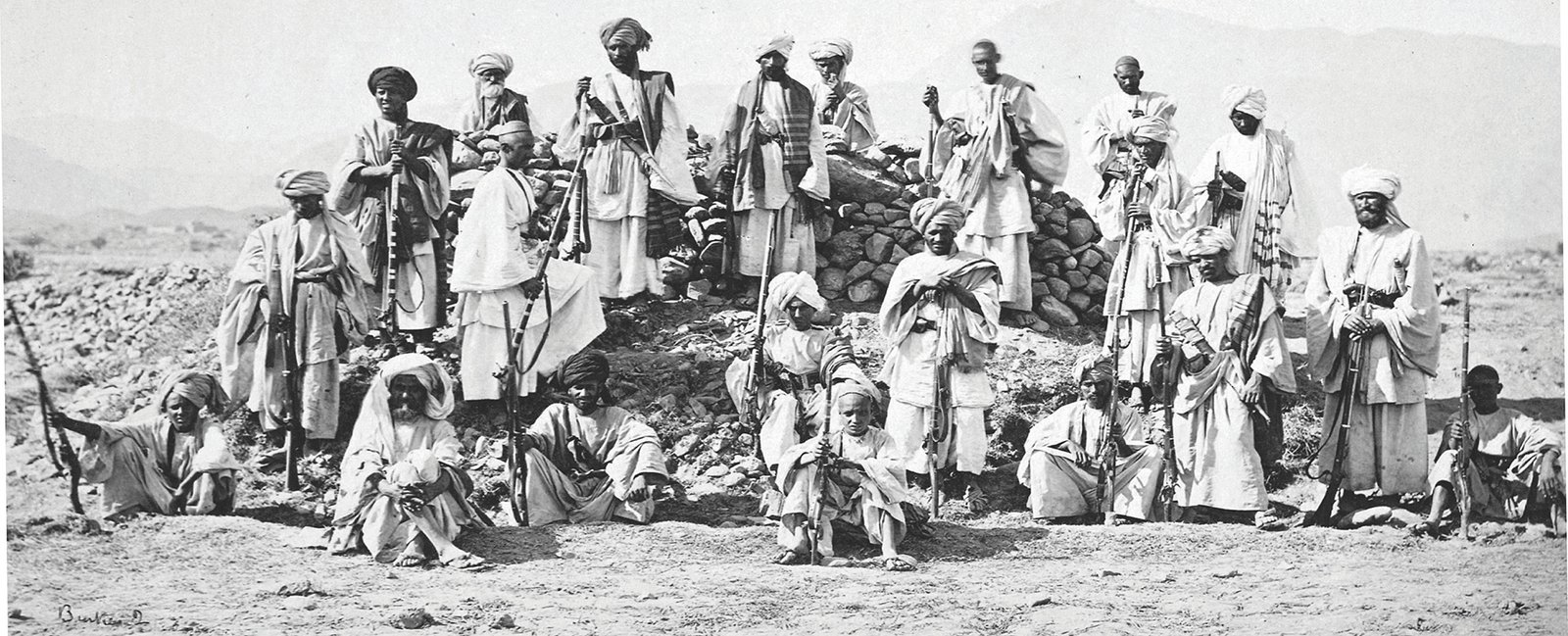
Photography credits: Gulraiz Ghouri, renowned photographer; created Pakistan’s Largest Image Bank. He can be contacted at: fotobank786@gmail.com
The writer can be contacted at aroush.k08@gmail.com






